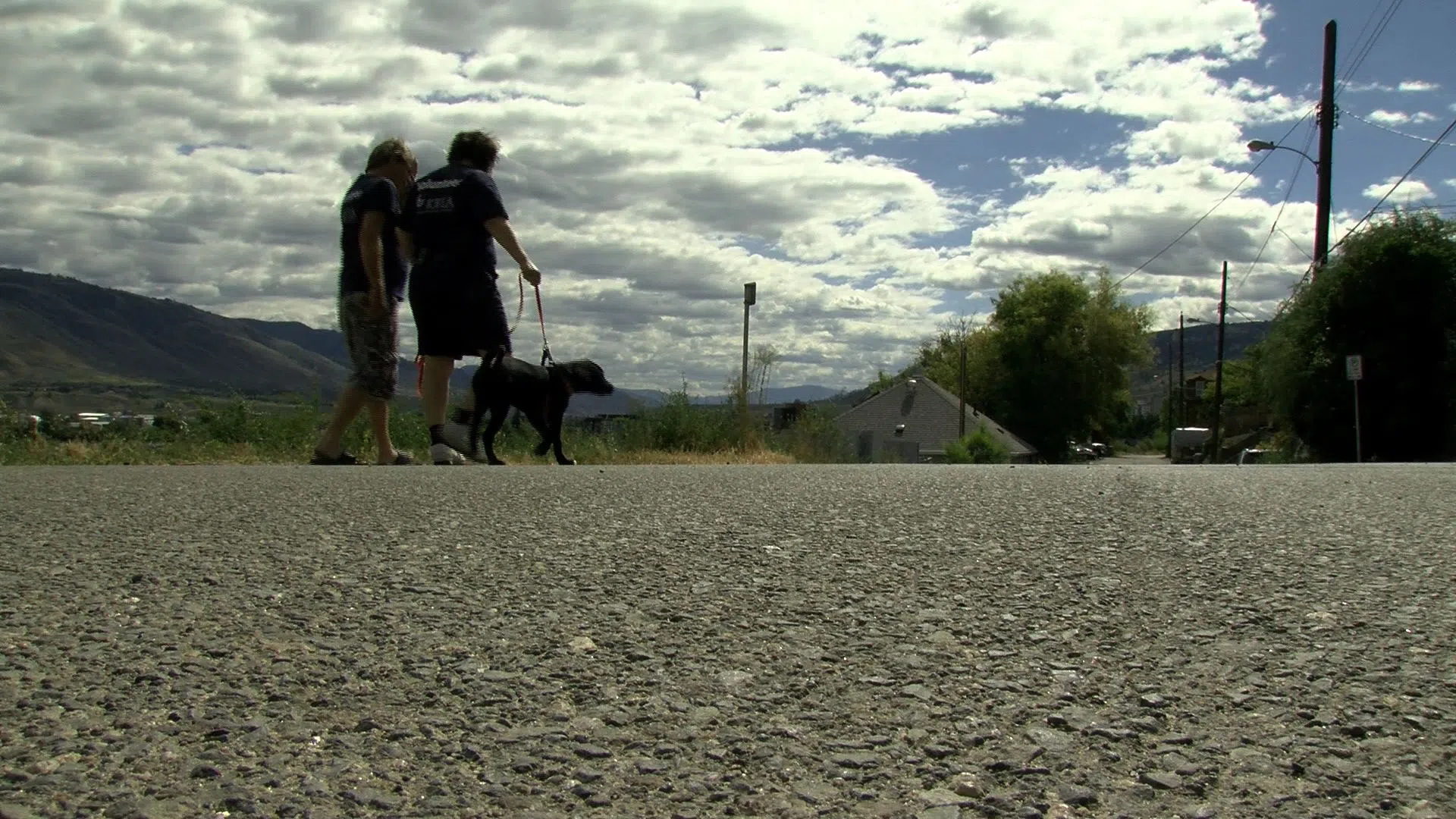
Raising awareness for an invisible injury
KAMLOOPS — June is Brain Injury Awareness Month.
160,000 people suffer a brain injury every year in Canada. Unlike other injuries, brain injuries are impossible to see, but their impacts on a person’s life are immense.
Kamloops woman Annie Goddard has been on a long road to recovery.


